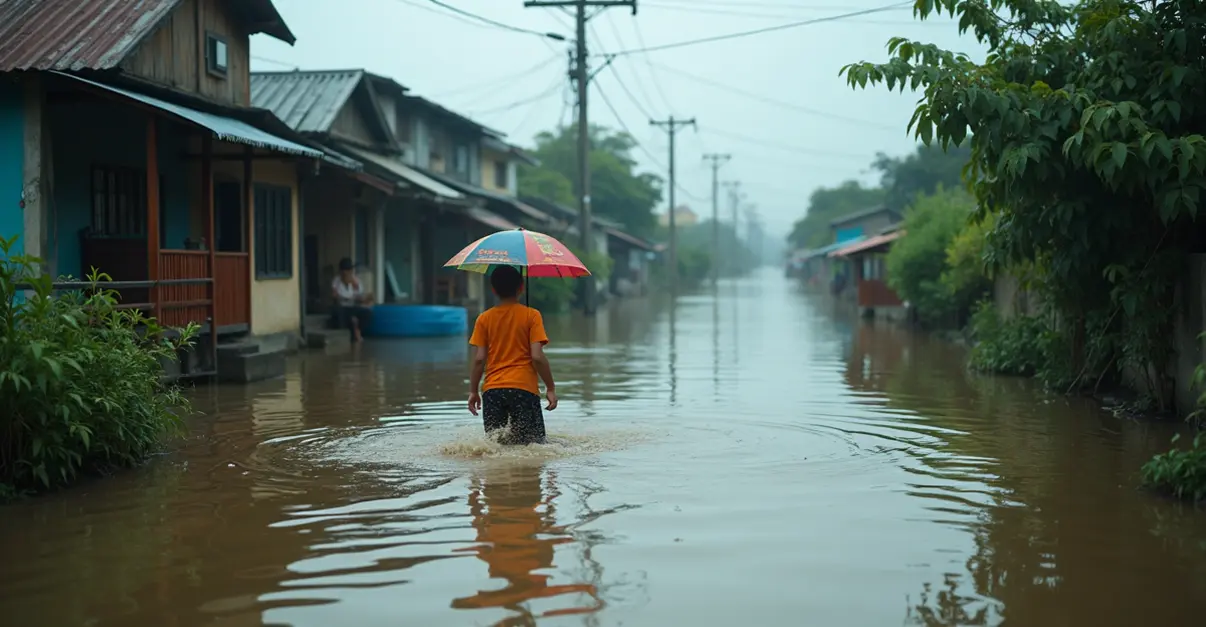
Massive Disruption as Typhoon Wipha Hits Hong Kong
Severe Tropical Storm Wipha caused extensive disruption across Hong Kong, forcing the cancellation of 400 flights and paralyzing public transport systems. The typhoon brought torrential rains and powerful winds reaching 167 km/h, uprooting hundreds of trees and causing significant damage throughout the city.
Transportation Chaos
Hong Kong International Airport reported approximately 80,000 travelers affected by flight cancellations. Ferry services were completely suspended, and all public transportation networks ground to a halt. In the North Point district, scaffolding from buildings collapsed onto roadways, creating additional hazards.
Record Rainfall and Injuries
Northern Hong Kong recorded 110 millimeters of rainfall within just three hours, with more precipitation expected. The government confirmed 26 storm-related injuries requiring hospital treatment. Despite downgrading the warning signal from Level 10 to Level 8, authorities urged residents to remain indoors as dangerous conditions persisted.
Regional Impact and Path
The typhoon continues moving westward across the South China Sea and is projected to make landfall in China's Guangdong province later today. Nearby Macau also implemented emergency protocols, though both regions have slightly reduced their alert levels. This event follows unprecedented rainfall that flooded Hong Kong in 2023, killing two people.
Typhoon Context
Wipha is the sixth named storm of the 2025 Pacific typhoon season. The name 'Wipha' (meaning 'splendor' in Thai) has been used for Western Pacific tropical cyclones since 2001, with previous iterations causing significant damage in China (2007) and Japan (2013). Meteorological agencies continue monitoring its progression as it approaches mainland China.

 Nederlands
Nederlands English
English Français
Français Deutsch
Deutsch Español
Español Português
Português







